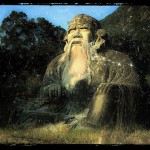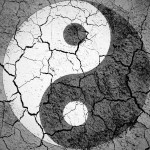According to Chinese medical theory,
various factors can effect the body to
become the underlying pattern of headaches
• Headaches that start between 7 to 10 years of age strongly indicate the presence of a constitutional factor of disease, usually derived from the heredity from one or both parents.
• Emotional causes of disease are, of course, extremely frequent causes of headaches.
• Over-work, long hours, inadequate rest are all common causes of deficiency that give rise to headaches.
• Diet has a direct and profound influence on various organ systems and the etiology of headaches.
• Accidents and severe falls affecting the head can cause blood stasis in a particular area of the head and are frequently causative factors in headaches.
• Sexual activity in excess is a common cause of headaches, particularly in men, by depleting Kidney Essence. Childbirths can be a causative factor of Kidney Essence loss in women which lead to headaches.
• External Pathological Factors which affect the head are wind and dampness.

“The head is like Heaven (being the top): The clear Qi of the three Yang channels (Greater, Lesser, and Bright Yang) are the six Yang organs. As well, the Blood and Essence of the three Yin channels (Greater, Lesser, and Terminal Yin), and the five organs all reach the head. It is affected by the six eternal pathogenic climates, as well as by internal factors.” • Giovanni Maciocia









